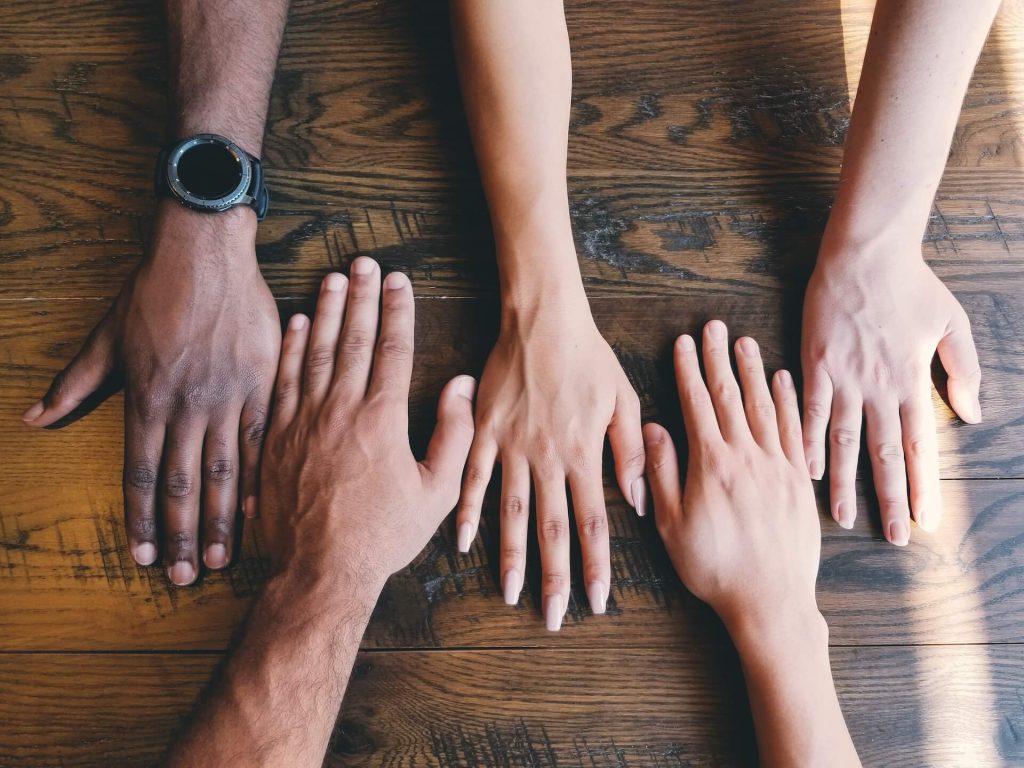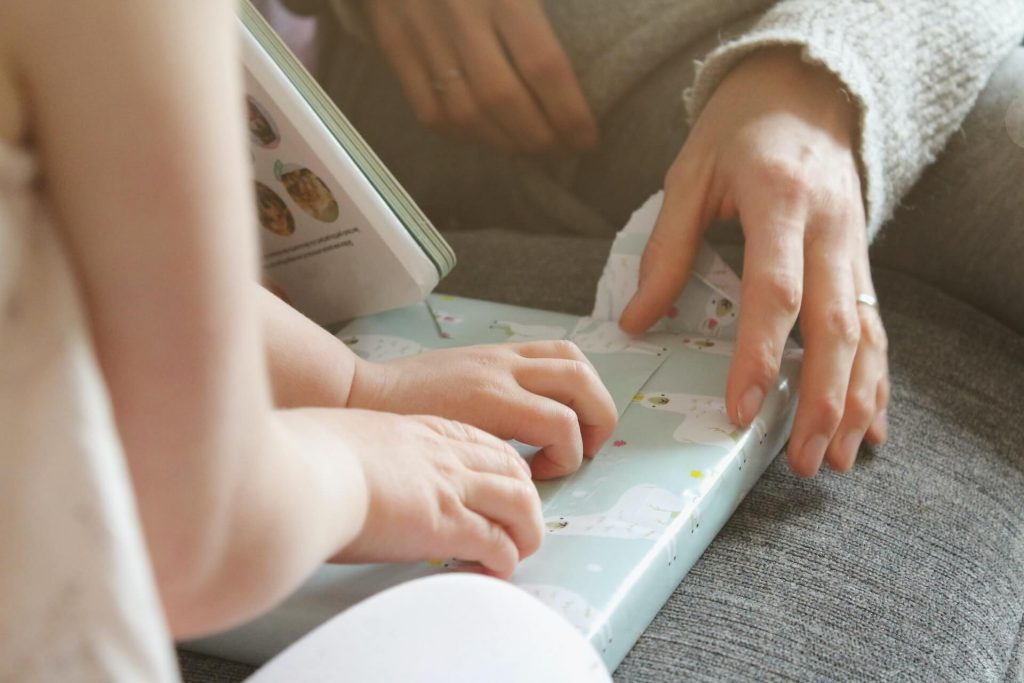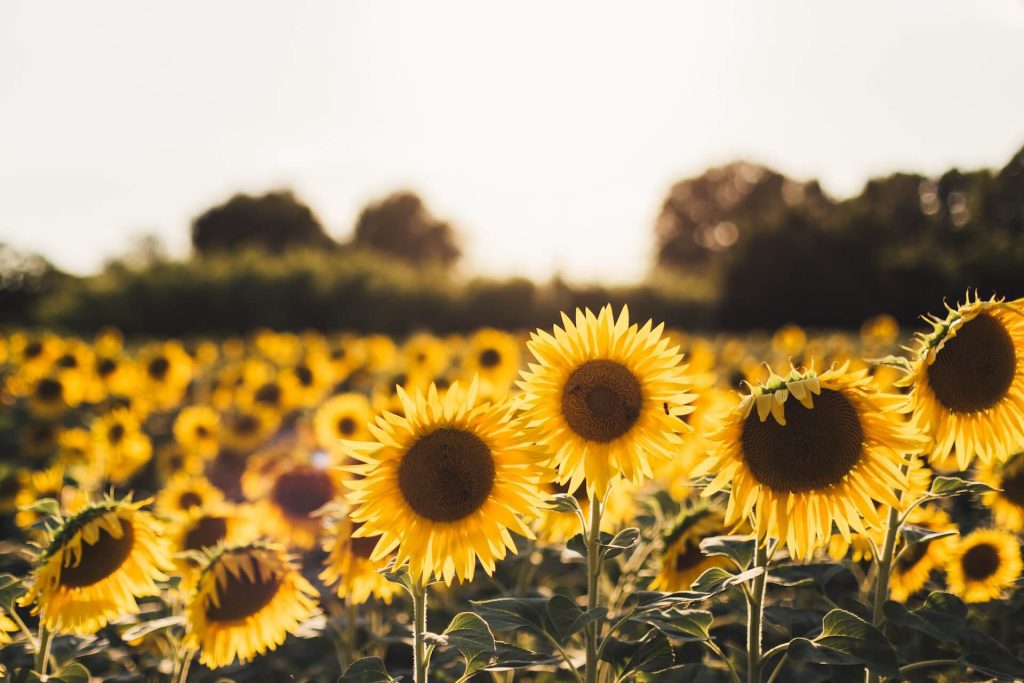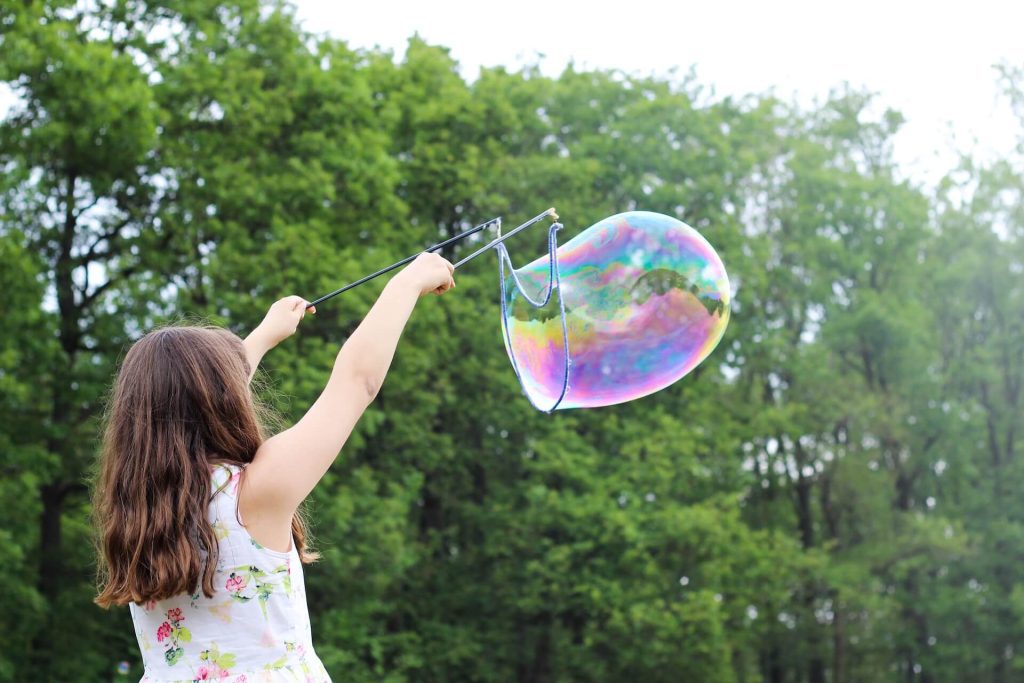In the context of education settings for children, particularly refugees, there is an intrinsic relationship between child protection and children´s overall wellbeing. The interconnectivity between child protection and wellbeing in educational settings underscores the belief that both aspects are essential, each one reinforcing the other.
Child Protection
Introduction
Ensuring child safety and security within schools or learning environments is foundational to the development and maintenance of a healthy mind and body. This highlights the importance of a clear code of conduct promoting child participation, inclusivity and non-violence. The active involvement of caregivers, including parents or tutors, is crucial to successful social belonging, learning and wellbeing. By including caregivers, not only are children empowered through positive parenting but this can also contribute to parents’ wellbeing, thereby creating a supportive learning culture at home.
The establishment of a schools as a safe space nurtures the growth and development of children, positioning schools as a safe hub within the communities both serving the community and being used by the community for the community. This can be achieved through the establishment of community-based mechanisms, alongside well-defined policies, laws, and regulations, all aimed at protecting children and supporting their wellbeing.
Key principles and guidelines
When working with children, especially those from vulnerable communities, it’s crucial to prioritize their rights and create an environment and system that empower them as active participants while safeguarding them from harm. While this may seem challenging, there are key principles and guidelines that have been developed to assist in establishing a protective environment:
These are to ensure we and those who we are working with are familiar and following the Convention on the Rights of the Child. In addition, and most importantly is to make sure that children are aware of their rights and are empowered and supported to stand up for their rights and know the process as to report a violation of their rights. A practical way is to have children be aware of their rights and be active participants in the implementation of their rights.
One way to do this is to make sure children know what their rights are, including what it means to be a participant in the respecting of their rights and dignity. This would include knowing what human rights are, why children’s rights matter, how to recognize the attitudes, beliefs and values that make them vulnerable to the violation of their rights and how to strengthen their voice to counter this.
Protection also includes appropriate vetting of staff and volunteers who are working indirectly and directly with children. This might differ from country to country, but it is important to know what the country you live and work in supports in the protection of children and how to implement and respect these policies. Adults are placed as gatekeepers and, in positions of power with children thus it is important to know who are in these positions and to give them the support and means to respect the best interests of the child while empowering the voice of the child.
One of the ways to do this is to ensure there is a code of conduct which is signed by all staff working indirectly and directly with children. In addition making sure that there are systems and procedures where children can report any misconduct or violation of their rights, or when they feel unsafe. For these systems to be safe for the child; children should feel as their concerns are respected, reporting systems and procedures are aimed at the child and at protecting the child’s dignity and rights and children are aware of what these reporting systems and procedures are.
Children should be central to the design and implementation of activities and programming. This is to be done by ensuring the best interest of the child is respected and fundamental to the activity while considering the perception and reflections of the child. By creating an environment where children are given the space to voice their opinion and give feedback to their daily activities, they learn the power and impact of their voice.
All children should be treated equally and not be excluded or treated differently to their peers. By respecting equality and non-discrimination all children are allowed and able to access freely and fairly their rights to services and opportunities. By upholding the principle of non-discrimination children are able to learn more about the world around them with an inclusive and participatory manner that respects human dignity and human rights. This allows for diversity and the learning of other cultures and world views within a system that does not promote one narrative over another. One such way is to celebrate all world views and systems by recognizing common values, attitudes and beliefs. This promotes diversity, social belonging and inclusivity.
Accountability and transparency are key to ensuring the child’s rights and dignity are respected. Checks and balances need to be in place to be in place to ensure the best interests, the rights and dignity of the child are central to services and activities for children. The sharing of information needs to be done in a transparent way that it is easy to understand, is timely and clear to children and their caretakers.
Accountability and transparency should take a systems approach, with children´s rights and dignity at the center but implemented at the individual level, the family, the community/school and the national. The policies and guidance of the rights of children are maintained by implementing the national policies and guidance at all levels but where children and their caretakes are empowered to hold these systems in place to protect children’s rights and dignity.
The Convention of the Rights of the Child
The Convention of the Rights of the Child is a legally binding document positioning children as active participants in their communities, while recognizing that the surrounding environment needs to protect children´s dignity, agency and rights, prevent the exploitation and abuse of children and promote their active participation and development. The Convention of the Rights of the Child can be used to better understand the role and responsibilities that states, communities and individuals take in protecting and promoting the rights and wellbeing of children.
Principles of the Convention of the Rights of the Child

Non discrimination
All children need to enjoy their rights and should never be subjected to discrimination.
Article 2, the first paragraph:
«States parties shall respect and ensure the rights set forth in the present convention to each child within their jurisdiction without discrimination of any kind, irrespective of the child’s parents or legal guardian, race, color, sex, language, religion, political or other opinion, national, ethnic or social origin, poverty, disability, birth or other status.»

Best interests of the child
To ensure that children experience full access to their rights as well as protection all actions should be taken in the best interests of the child.
Article 3:1.
«In all actions concerning children whether undertaken by public or private social welfare institution, courts of law, administrative authorities or legislative bodies, the best interest of the child shall be a primary consideration.»

The right to survival and development
Children need more than to just survive they also need the opportunity to reach their full potential and development which includes access to social and economic rights.
Article 6:2
«State parties shall ensure to the maximum extent possible the survival and development of the child.»

The views of the child
In order to know what is needed to respect the rights of the child, to ensure their development and survival and their best interest, it is vital to respect and create space for the child to voice their views.
Article 12:1
Which states that «States parties shall assure to the child who is capable of forming his or her own views the rights to express those views freely in all matters affecting the child, the view of the child being given due weight in accordance with the age and maturity of the child.
How to start with child protection?
Child Protection aims to prevent, address and respond to abuse, neglect, exploitation and violence experienced by children in all settings. There are some basic steps we can take to make sure we are protecting the rights and dignity of children and preventing the abuse, neglect, exploitation and violence of children. All who are working with children are responsible for the protection of children’s rights which includes ensuring the safety of children and their dignity is respected.
Child Protection Resources
Knowledge is power, use the resources we have below to help with the establishment of a protective environment that upholds the rights and dignity of children, while making them active participants. Remember you are not alone in this, there are many people who believe and support in the protection and wellbeing of children, look around in your community and see how you can link with others who are already doing this work. There is power in numbers.